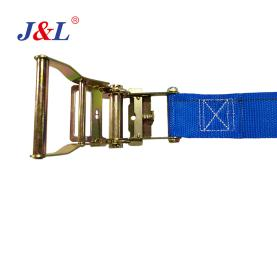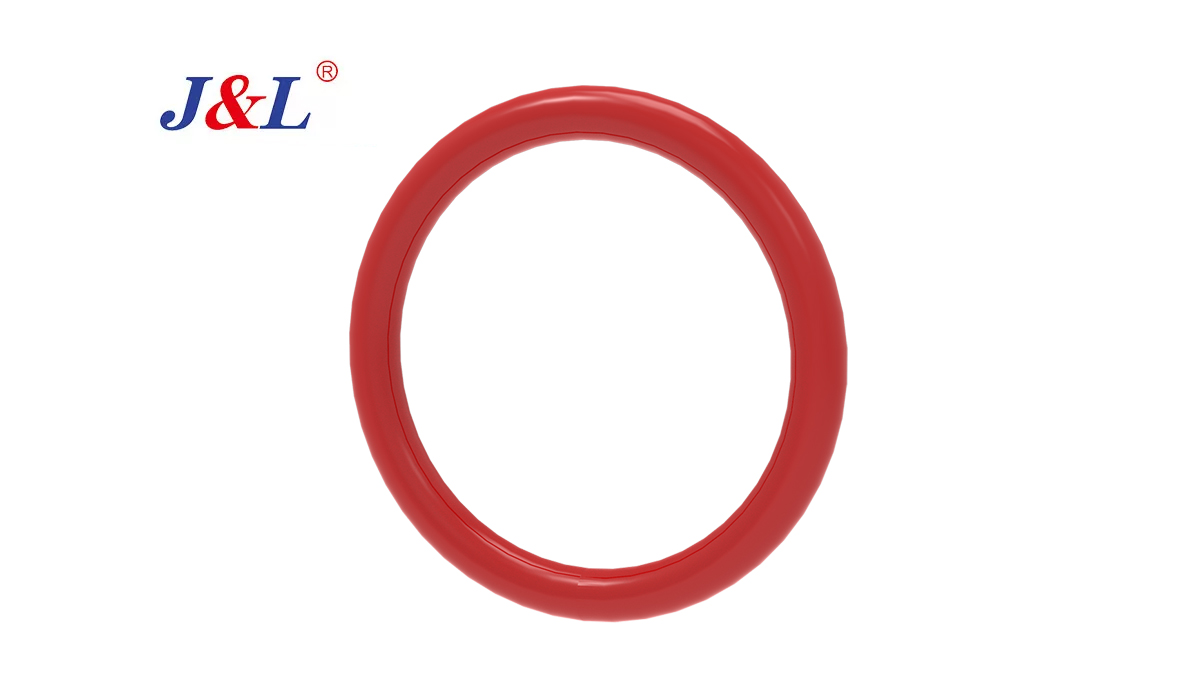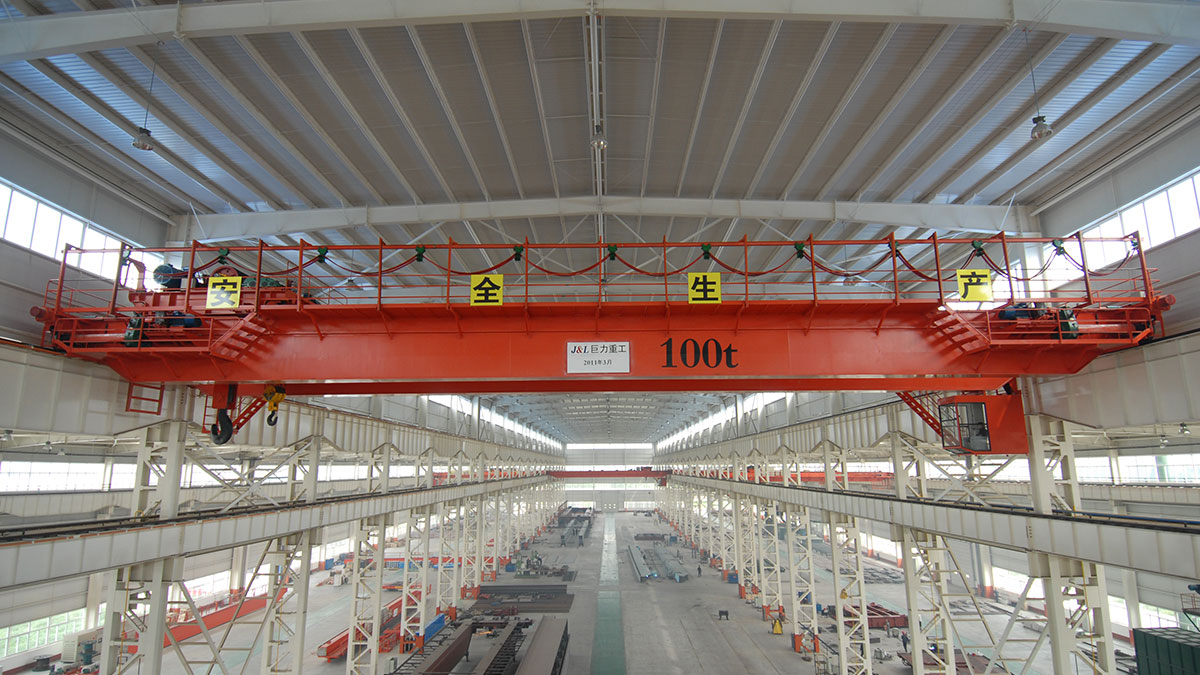Release time: Nov. 25, 2024
When it comes to securing loads, chains are considered the top choice, especially for transporting heavy machinery. However, chains can be heavy and usually require additional tools like load binders. For greater convenience, ratchet strap is a preferred choice. This article introduces you to the different fittings in Juli Sling, hopefully it will help you!
Different methods of tightening
l Cam buckle straps offer a more robust solution compared to lashing straps. They are quicker to tighten and release.

l Ratchet straps. The best seller in Juli sling. Ratchet straps are designed for heavy-duty applications, employing hardware that allows for a tighter and more secure restraint compared to other tightening mechanisms. This makes them an excellent choice for securing heavy loads,

Common end types:
The quality, ease of use, and WLL of straps can be significantly affected by the type of ends used.
l S-hooks: Easy to use and quick to attach or detach, ideal for lighter loads and applications requiring frequent adjustments.

l J-hooks: Known for their strength and durability, suitable for heavier loads and providing a more secure grip.

l Flat hooks: Designed for maximum surface contact, they are often used for securing loads to flat anchor points, offering stability for heavy-duty applications.

l E-track fittings: Compatible with E-track systems, allowing for versatile load configurations in enclosed spaces like trailers and moving trucks.

Usage Tips:
l Ratchet tie down is a hand-operated tensioning device with a maximum wrist force of 500N.
l Knotting or connecting with knots is prohibited during use of ratchet tie down.
l When multiple ratchet tie downs are needed for transporting items, ensure each of them bearing load evenly during installation.
l Ratchet tie down must be protected by sleeve or corner protector when use it for touching the objects with sharp point or edges.
l Ratchet tie down should be stored away from heat sources (open flames and electrical welding), direct sunlight, and prolonged exposure to ultraviolet radiation.
 Electric Slab Clamp
Electric Slab Clamp
 Weldless Ring, Pear Shaped Link, Master Link
Weldless Ring, Pear Shaped Link, Master Link
 Wide Body Type Webbing Sling
Wide Body Type Webbing Sling
 Heavy Eye Webbing Sling W02-04 | Webbing Slings by J&L
Heavy Eye Webbing Sling W02-04 | Webbing Slings by J&L
 Bridge Crane
Bridge Crane
 Endless Type Webbing Sling W03-02 | Webbing Slings by Juli Sling
Endless Type Webbing Sling W03-02 | Webbing Slings by Juli Sling
 Hand Pallet Truck
Hand Pallet Truck
 S (6) Chain Sling
S (6) Chain Sling
 Vertical Steel Coil Lifting Clamp (Double fixture)
Vertical Steel Coil Lifting Clamp (Double fixture)